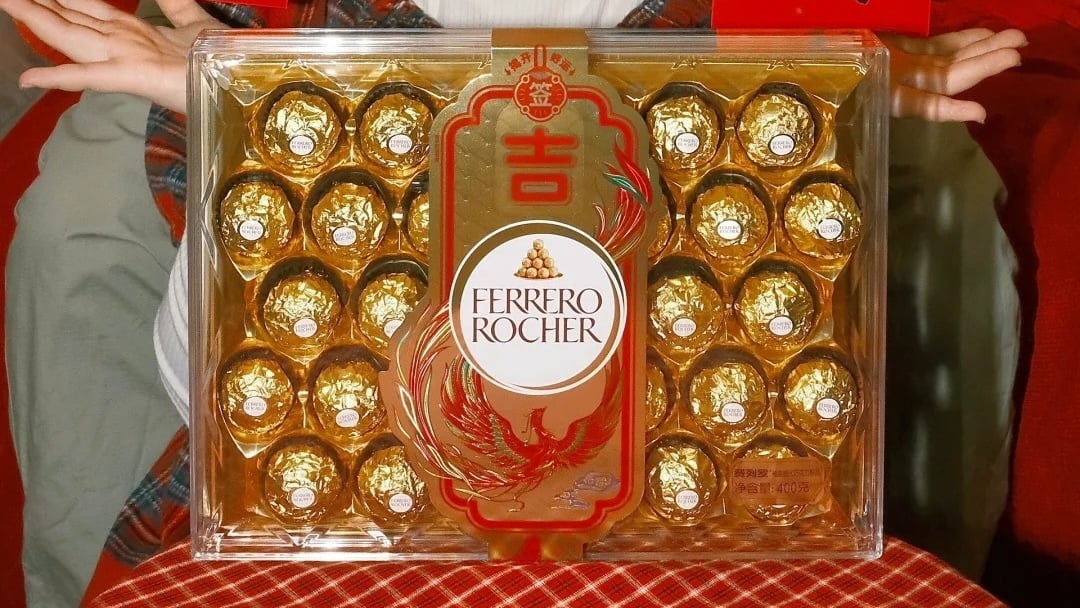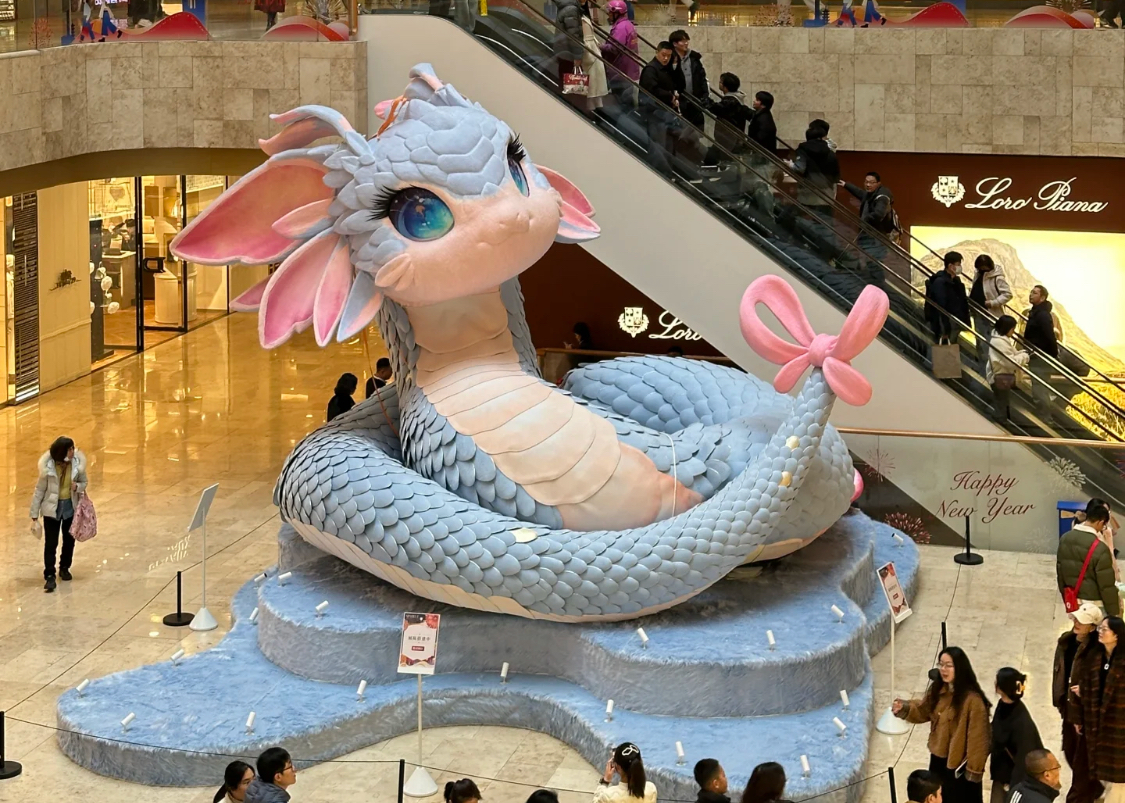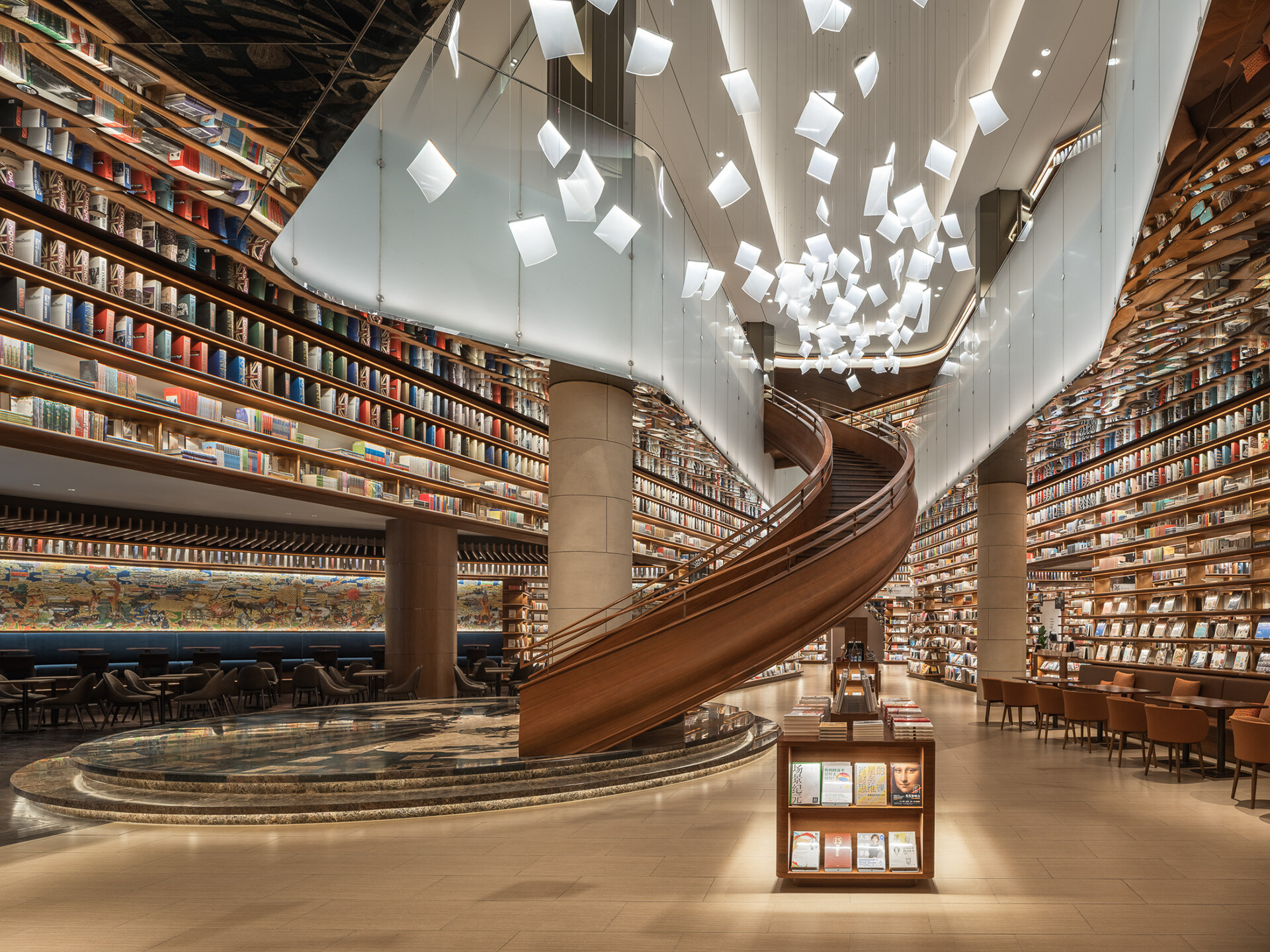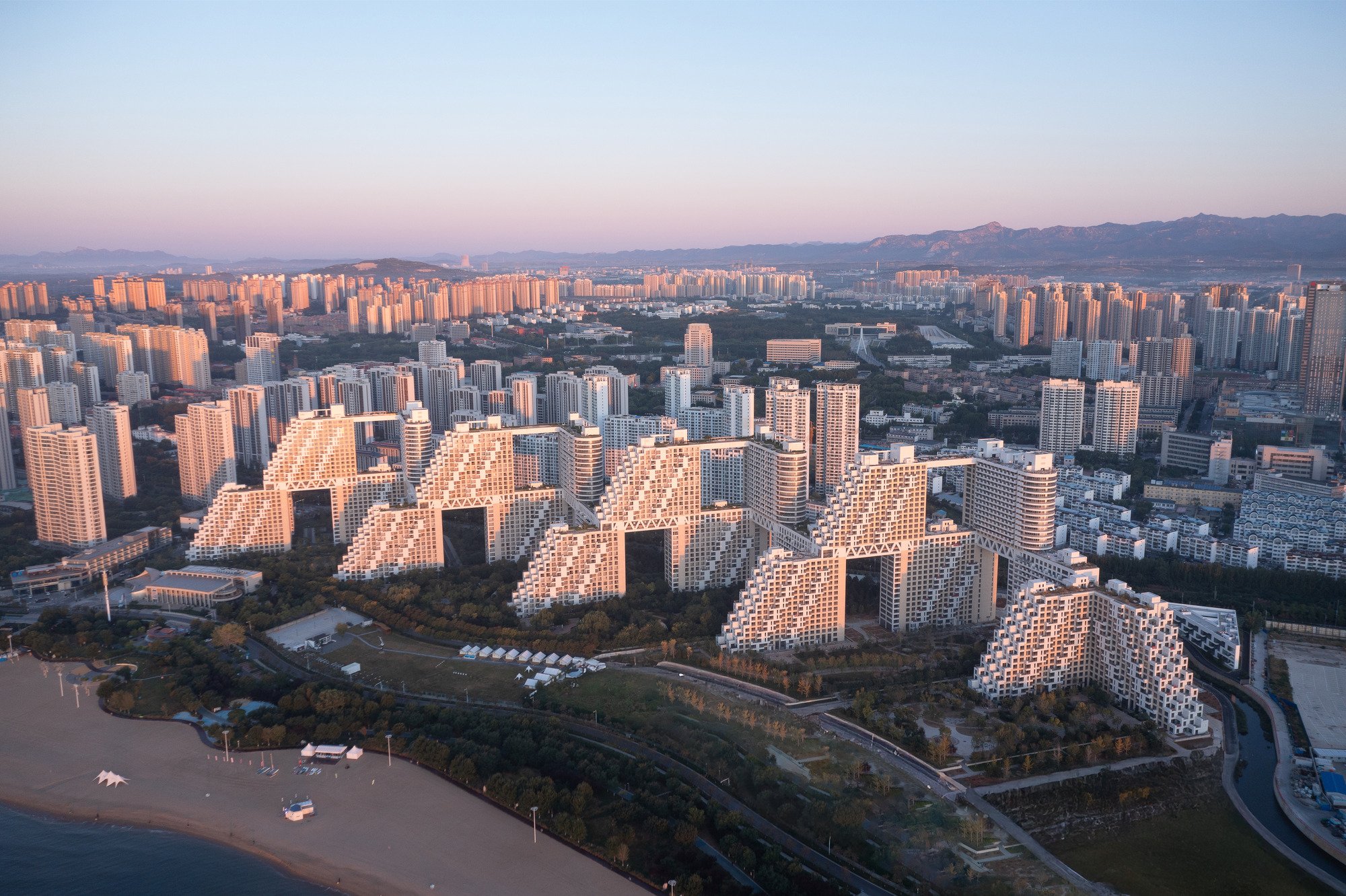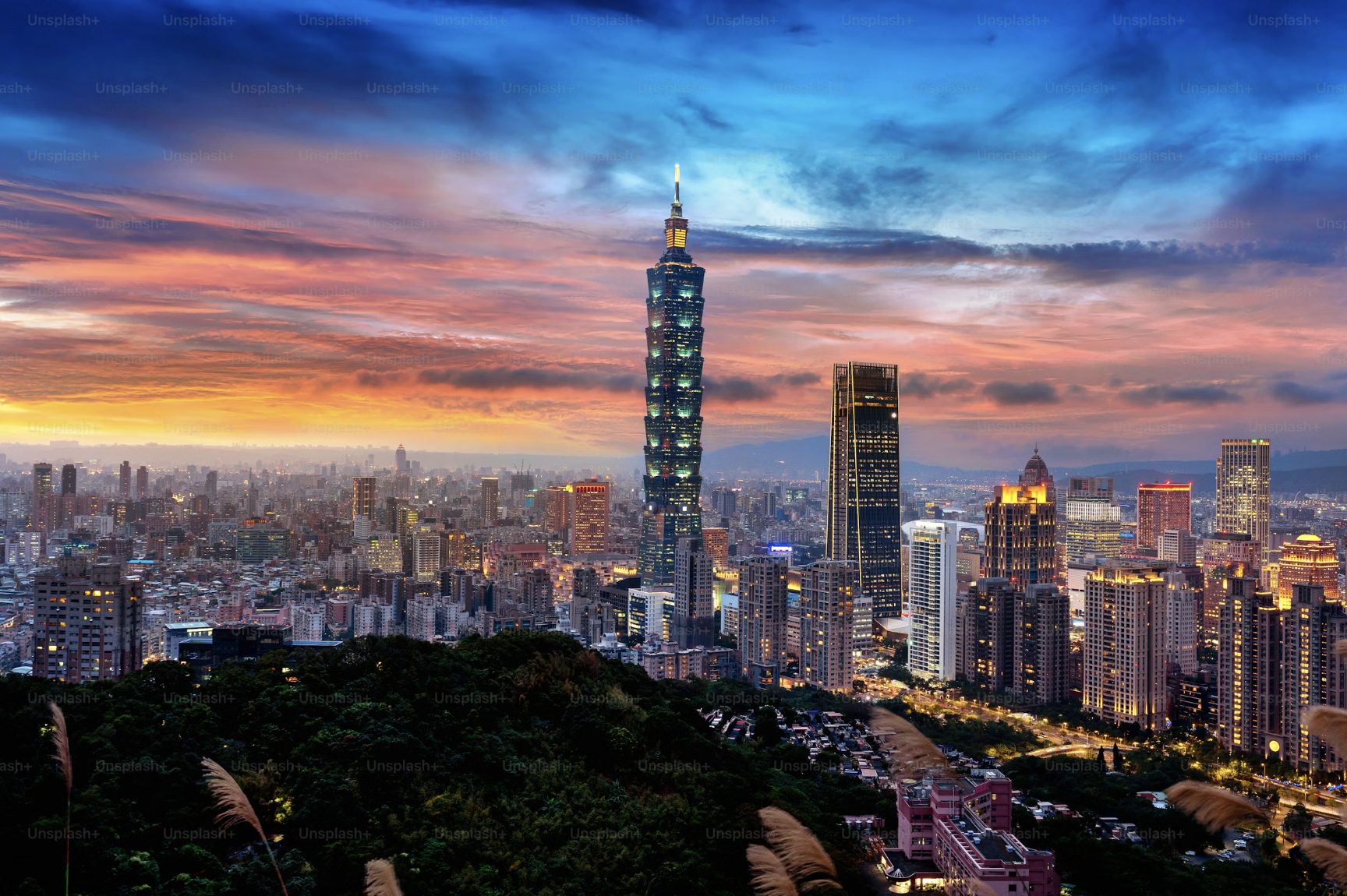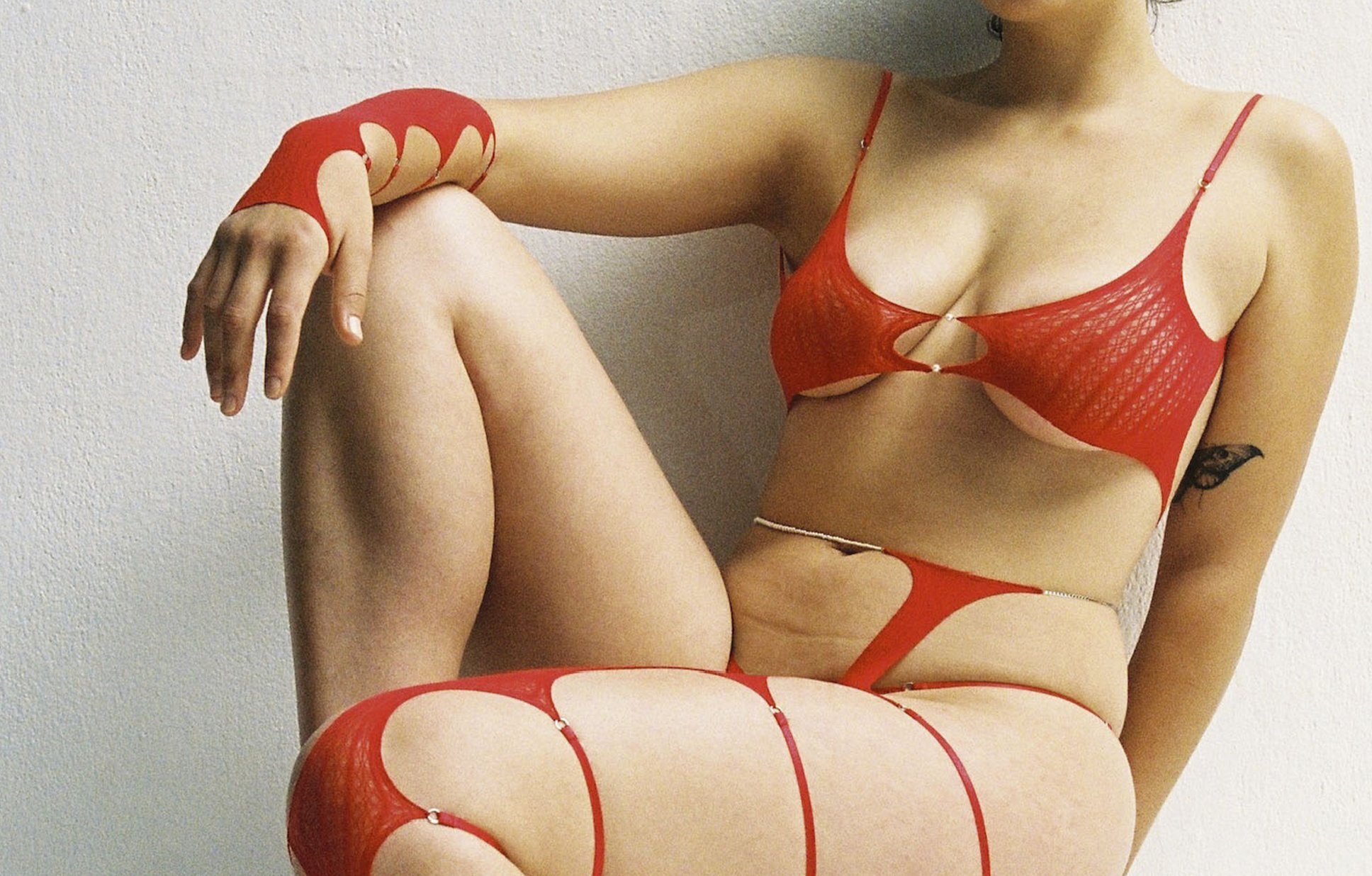As China’s stature in the world of contemporary art has grown, the international journeys made by its artists have also evolved. Many of the pioneering artists who got a chance to study overseas in the 1980s put down roots in their newly adopted homes, at least for a few years. Meanwhile, other artists honed their practices inside China, only starting to travel abroad as international exhibition opportunities grew from the 1990s onwards. Artists like Han Bing (b. 1986, Shandong province), on the other hand, represent a new, more mobile generation: one that confidently moves and works in between East and West. Nor is time spent overseas simply a brief sojourn without much impact on their art — in the case of Han, her approach to painting has been deeply shaped by the visual culture of each of the cities she has lived in.
Han undertook her undergraduate studies at the Central Academy of Fine Arts in Beijing, before obtaining an MFA at Parsons School of Design in New York. After her time in New York, she lived and worked between Los Angeles and Shanghai, before relocating to Paris, her current home base. She channels these vibrant cosmopolitan metropolises’ constantly evolving urban landscapes into her paintings, creating work that she has called “organic”: often abstracted, yet also hinting at figurative forms or depicting human faces and figures.

For example, the ripped posters that are pasted and then carelessly removed from subway stations, walls, and temporary façades are a reoccurring motif in her practice. Looking out for these unintentional, anonymous compositions, she then carefully recreates and reimagines their torn edges and layers of unexpected juxtaposition using materials like oil stick and spray paint. The resulting pieces can be quite large, reaching heights of up to two meters as Han revels in the poetry of alien textures and graffiti-like scribbles. As the artist has commented, “I’ve always been very taken by the fragility and ephemerality of certain compositions that I encounter on the street. They’re there and invisible to some, but the moment I discover them, they are mine.”
Elsewhere, Han takes a different approach to bring everyday reality into her works. For smaller pieces, she sometimes directly paints on pages taken from newspapers and magazines. In Sutra X and Sutra XIV (both 2023), blotches of color cover images and text from The New York Times. Sometimes fungus-like, the acrylic paint both contrasts and resonates with the underlying color schemes. The addition of a collage element brings a sense of time and place rarely found in abstract painting to these compelling compositions. Though Han doesn’t necessarily choose to paint over the biggest news stories, her use of found materials gives a sense of the context in which these pieces were made, echoing how her larger paintings offer unexpected snapshots of cityscapes in flux.

However, the painter’s influences stretch beyond news media and the scenes she encounters on city streets, reaching into theater, science, and literature. Works in “A Labile Boundary at Best,” a 2020 exhibition at Antenna Space in Shanghai, also spoke to her interest in frescoes. These murals have decayed and fragmented since the Renaissance, creating compositions defined by absence — much like Han’s poster-inspired paintings. More recently, forms reminiscent of classical European architecture have surfaced in her work, from the pavilion of An apartment (2022) to the vaulted seating sections of a theater in A Very Lucky Man’s Melancholy (2023). As Han continues to work from Paris, it will be fascinating to observe how she transforms new influences gleaned there into captivating, globally-minded art that blurs the distinction between abstraction and representation.
Banner image shows installation view of “Han Bing: territory to be tamed,” Night Gallery, 2018. Courtesy Night Gallery.
